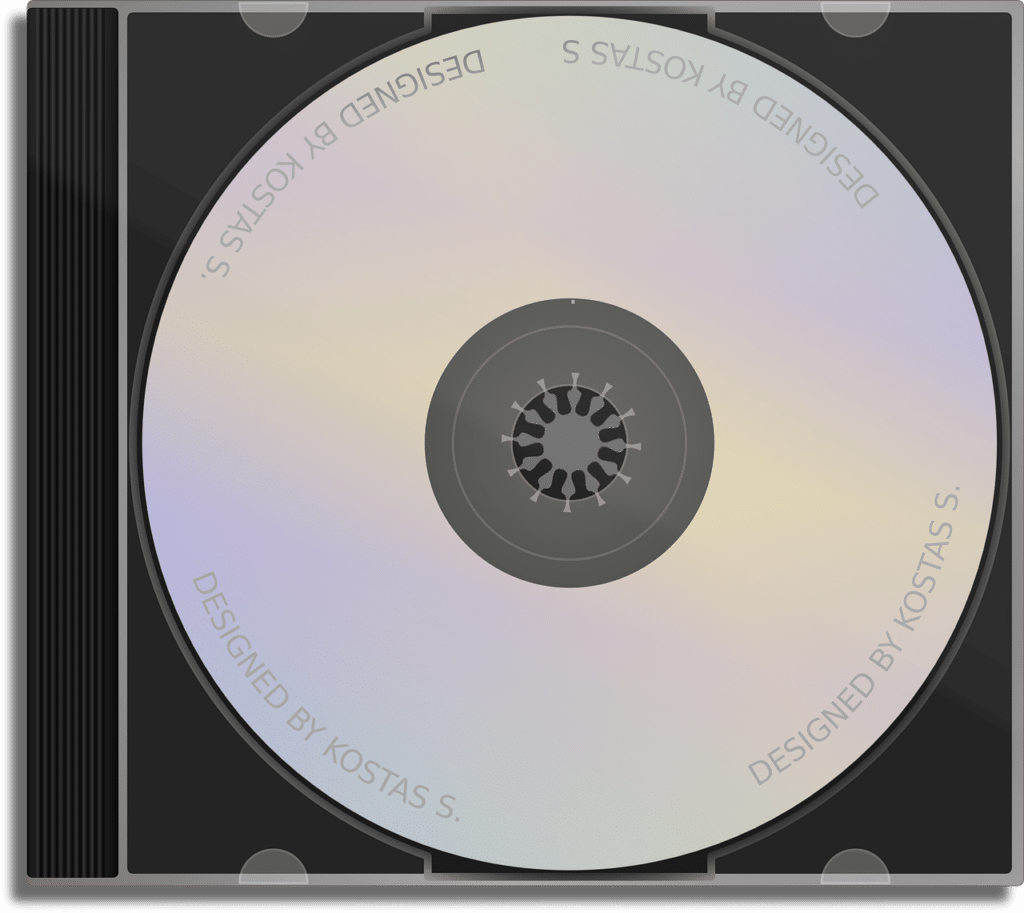The computer industry has its own dinosaurs. Products that were once successful, due to a change in social or economic conditions, became unviable. On the other hand, competitors who had been relegated suddenly became the leaders.
So far this century, Apple, a company that was on the verge of bankruptcy, managed to be one of the most profitable after 30 years. Blackberry went from becoming an emblem of business communication to being irrelevant, and Microsoft discovered that it makes more money by not being a monopoly.
Linux was also the protagonist of these changes; in some cases finding their place in the world, Cloud. In others, the frustration of never being the year of Linux on the desktop and not having been able to make a foothold in the mobile device sector.
We had left this story just with the appearance of the first fully functional distribution. It was still installed using floppy disks and had no graphical interface.
3 decades with Linux. The great year 1992
In May 1992 TAMU Linux appeared, considered as the first Linux distribution to offer the X Window System instead of a text-based operating system onlyand. TAMULinux was supported by Texas A&M University and the Texas A&M Unix & Linux Users Group.
Of the prehistoric distributions that we are going to mention in this post, without a doubt the most interesting is Softlanding Linux System (SLS). Not only is it the first distribution derived from another (It was based on MCC Interm Linux) It was also the first in which there were developers who were angered by technical decisions and created their own distributions. Thus came Slackware and Debian.
In the bibliography it is described as the first distribution to include more than just the core and basic utilities. The truth is that it seems to have been the first distribution to become popular.
The appearance of live mode
Floppy disks were cheap, but they were slow and fragile. Luckily there was another installation medium, and Linux distributions would soon take advantage of it.
The first technology similar to what we know today as CD-ROM was invented by James Russell of the United States Department of Energy. Russell wanted a way to store information so that it could be reproduced later and initially proposed digital preservation using photosensitive film. What he wanted was a device that could function without actual physical contact between the parts of the system.
However, it took until the 80s for the first reading units based on Russell's ideas to appear, and, at first they were only used as music players.
In 1989, the CD-ROM was standardized with ISO / IEC 10149 and ECMA-130.
CD-ROM drives use lasers to read binary (digital) data that is encoded in tiny pits of the optic disc. Unit sends the data to a computer, which then processes it. The method was popular thanks to provide more storage, compared to floppy, but at a lower cost than other alternatives
The first software released in CD format appears to have been Microsoft Bookshelf, a series of reference works that could be used alongside Microsoft Office. The first proper computer to include a reader unit was the Macintosh IIvx
If something caught my attention when writing this article, it is how fast Linux advanced in 1992. The last month of the year brought us Yggdrasil, the first Linux distribution to take advantage of the storage capacity of the CD-ROM to introduce that great idea called live mode.
In short, in live mode you don't need to install an operating system to use it. The computer's RAM acts as a hard disk allowing you to test your system's compatibility with Linux. Of course, the changes made are lost when you shut down the computer.
Yggdrasil was developed by Yggdrasil Computing, Incorporated, a company founded by Adam J. Richter in Berkeley, California. The name refers to a tree from Norse mythology responsible for holding different worlds together.
And, it was certainly adequate since the company appears to have been a pioneer in ensuring compatibility between Linux and Windows. The distribution was compatible with the Unix file hierarchy, it was automatically configured adapting to the hardware and it even allowed to run the MS-DOS cd drivers in Linux.
In parallel, another revolution was taking place that would change Linux forever, but that will be the subject of a future article.

Great story, it is good to know how we have evolved in the use of free software. Congratulations on the article.
Thanks for the comment.
Excellent very entertaining article, it is impressive how since its inception the community has been innovating, in the face of the problems that were presented to it
Thanks for your comment.
Excellent article, the great idea of live mode has served to bring Linux closer to many people, in my case I got to know Linux thanks to the great Knoppix.
Thanks for comment.